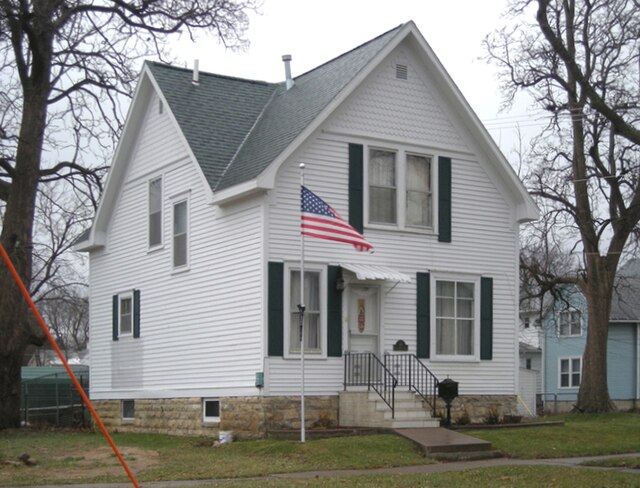Elizabeth Catlett, born as Alice Elizabeth Catlett, also known as Elizabeth Catlett Mora was an American and Mexican sculptor and graphic artist best known for her depictions of the Black-American experience in the 20th century, which often focused on the female experience. She was born and raised in Washington, D.C., to parents working in education, and was the grandchild of formerly enslaved people. It was difficult for a black woman at this time to pursue a career as a working artist. Catlett devoted much of her career to teaching. However, a fellowship awarded to her in 1946 allowed her to travel to Mexico City, where she settled and worked with the Taller de Gráfica Popular for twenty years and became head of the sculpture department for the Escuela Nacional de Artes Plásticas. In the 1950s, her main means of artistic expression shifted from print to sculpture, though she never gave up the former.
Catlett in 1986
Catlett's Students Aspire, 1977, Howard University, Washington, D.C.
Grant DeVolson Wood was an American artist and representative of Regionalism, best known for his paintings depicting the rural American Midwest. He is particularly well known for American Gothic (1930), which has become an iconic example of early 20th-century American art.
Self-portrait, 1932
Grant Wood's boyhood home, in Cedar Rapids, Iowa, is listed as one of the most endangered historic sites in Iowa.
2004 Iowa state quarter honoring Grant Wood. Elements depicted include: the Schoolhouse, teacher and students planting a tree, (caption): "Foundation in Education", and Grant Wood.
Grant Wood, American Gothic (1930), Art Institute of Chicago






